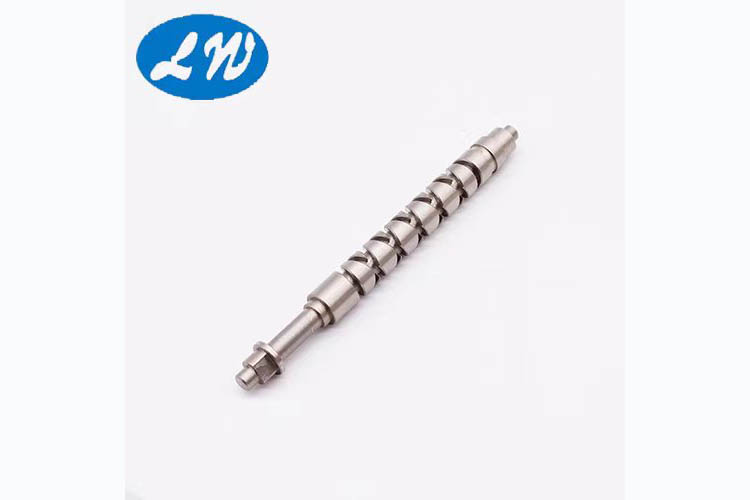Shaft Parts: The "Heart" Of Precisely Driving New Energy Vehicles
In the field of new energy vehicles, shaft parts are becoming a key force in promoting the development of the industry with their unique performance and importance. As an important part of the connection and transmission system, shaft parts not only carry the power transmission of the vehicle, but are also directly related to the vehicle's driving safety, performance and service life.

In recent years, with the continuous advancement of new energy vehicle technology and the increasing market expansion, the application of shaft parts in new energy vehicles has also shown a diversified and high-precision development trend. On the one hand, in order to meet the needs of electric vehicles for efficient and low-noise transmission systems, the design and manufacturing of shaft parts increasingly focus on lightweight, high strength and high precision. By using advanced materials and manufacturing processes, the weight of shaft parts can be significantly reduced, while the strength and durability have also been significantly improved.
On the other hand, new energy vehicles have extremely high requirements on the reliability and durability of shaft parts. Since the drive system of electric vehicles is relatively complex, shaft parts need to withstand greater torque and vibration. Therefore, higher requirements are put forward for the materials, heat treatment processes and surface treatment technology of shaft parts. In order to meet these needs, shaft parts manufacturing companies continue to increase investment in R&D and adopt advanced production technology and testing equipment to ensure that each shaft part has excellent performance and quality.
In addition, as new energy vehicles become more intelligent and connected, shaft parts are beginning to incorporate more intelligent elements. For example, by integrating sensors and controllers, shaft parts can achieve real-time monitoring and fault warning, improving vehicle safety and reliability. The application of these innovative technologies not only improves the functionality and added value of shaft parts, but also injects new vitality into the development of new energy vehicles.
To sum up, the application and development prospects of shaft parts in the field of new energy vehicles are broad. With the continuous advancement of new energy vehicle technology and the continued expansion of the market, shaft parts will play a more important role and become a key force in promoting the high-quality development of the new energy vehicle industry.


